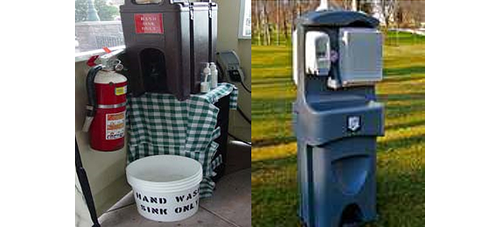| Date: | 07/25/2019 |
|---|---|
| Referenced Sources: | 105 CMR 590.00: Retail Food Code |
The following information is provided to assist municipalities, food establishments and other interested parties in interpretation of the Retail Food Code. Additional information is available on our website at www.mass.gov/lists/retail-food or by contacting the Food Protection Program at (617) 983-6712 or fpp.dph@state.ma.us.
Under 105 CMR 590 (the Retail Food Code), Food Establishments operating at Farmers Markets and in conjunction with Temporary Events must be permitted as a Temporary Food Establishment (TFE) and must comply with all applicable state and municipal law, including sections of the Retail Food Code for conducting a non-permanent food operation. These guidelines are being issued under 105 CMR 590.010(C) to promote uniform application of the Retail Food Code. This is a summary of the Retail Food Code requirements and may not incorporate all applicable standards. The full text of the regulation can be accessed here: mass.gov/lists/retail-food.
